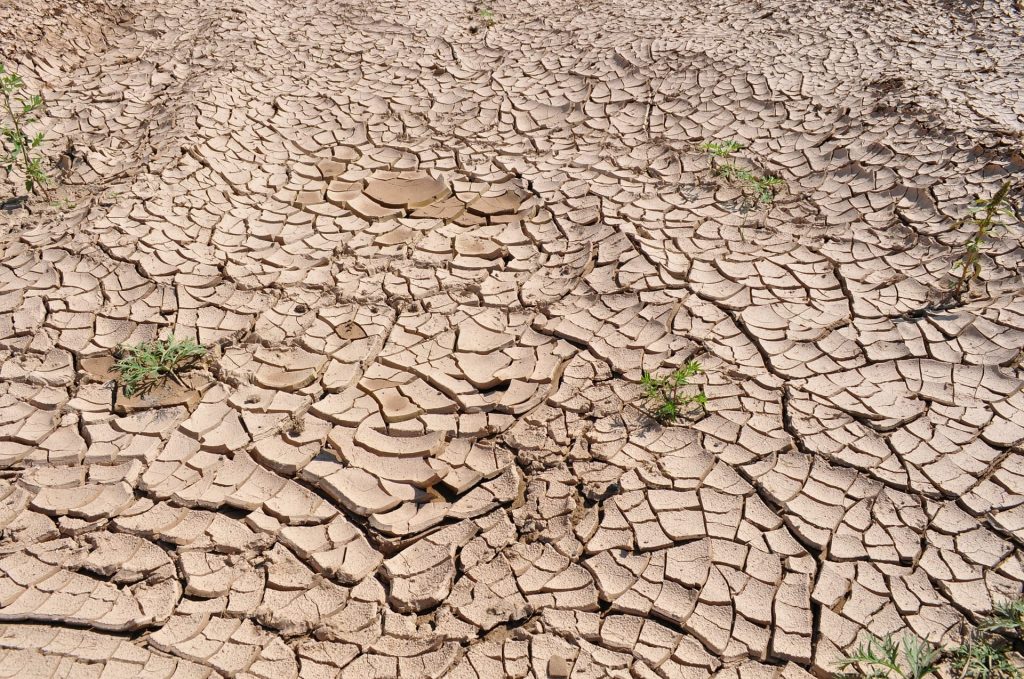
Can customers win the fight against global warming?
Responsible use of data can help
If there’s one thing that gets me going it’s being told I should change my behaviour in order to affect something of global significance. Don’t get me wrong, I recycle religiously, drive a small car and don’t eat a lot of meat but nevertheless my inner libertarian gets worked up when I hear that we should all “do our bit” to combat global warming by making lifestyle choices.
If only it were that simple.
The recent report from the Intergovernmental Panel on Climate Change is as welcome as it is disturbing. I may not be around when a global temperature rise of 2% causes irreversible damage to the planet, but I’d like to think it could be averted or the effects lessened by limiting the rise to 1.5% as the report recommends.
But we won’t get there by suddenly converting to veganism: concerted effort is required at an international level to reduce CO2 emissions as well as shifting the demand towards goods that have a lower impact.
Customers to the rescue
This isn’t a political publication so I’m not going to say anything about the willful ignorance of some administrations with regard to climate change and whether humans are the cause. Let’s assume that if you’ve got this far you think we could have something to do with it and leave it at that.
This is a customer experience piece though, so what can customers do, and how does customer experience figure in it?
I was heartened to read a piece in Marketing Week that revealed that grocery behemoth Tesco is using marketing data from its loyalty scheme to encourage people to eat more healthily. This is an important issue: obesity is on the rise and the consequences for healthcare – and the economic impacts – are significant. The various initiatives Tesco is undertaking – removing the sweet aisle from the checkout, handing our pieces of fruit to children – should help to nudge their customers towards a healthier choice.

I particularly like their “helpful little swaps” initiative which compares the prices of healthier – and cheaper – alternatives to a customer’s bill. Anything that helps people take more control over their health seems like a good thing to me, even if – to be cynical for a moment – you suspect that the alternatives might make better economic sense for Tesco as well.
Again, this is data driven, as it allowed Tesco to see what worked and what didn’t and whether their customers understood what “healthy” meant in terms of their shopping basket. They could then adjust the mix of promotions accordingly. They have now partnered with TV chef Jamie Oliver, a noted campaigner against unhealthy food to develop exclusive recipe content.
Imagine there’s no future
What’s all this go to do with global warming? We may all be eating healthily but that matters not one jot if the earth is scorching beneath our feet. Exactly! We may hear the exhortations to eat healthily and act more sustainably but – in my view – that’s not enough to make a sufficiently large number of people act differently to significantly shift the dial on health measure or our carbon footprint. (Also, actions to improve personal health have a visible payback: if I eat well I generally look and feel better, so public health campaigns can have some effect. Combating global warming is too easily seen as someone else’s problem: it won’t affect me until it’s too late.)
It strikes me that persuading retailers – possibly working in some form of cooperative alliance – to act to promote goods with a lower carbon footprint would have a bigger impact than trying to dictate to the population at large. Tesco’s use of customer data shows how you can fine tune this type of campaign and use it to commercial advantage.
Enlightened commercial self-interest may just be the best way to keep the planet safe for the next generation.





